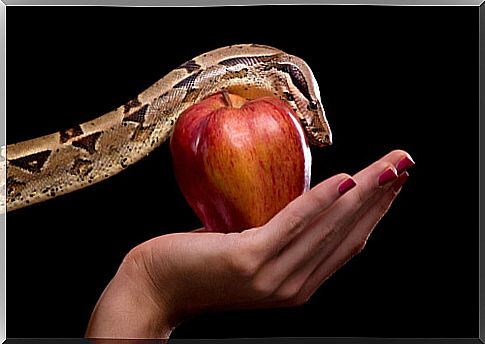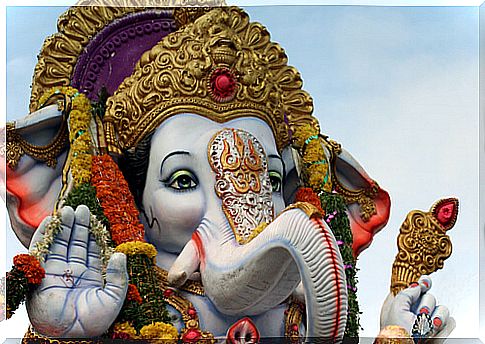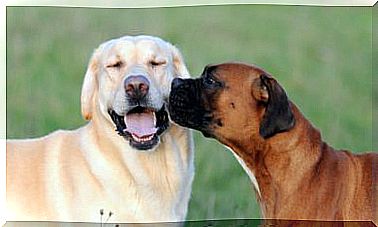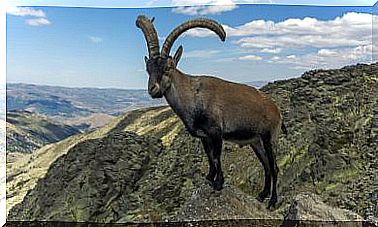Animals In Religion: A Historical Link

The presence of animals in religion is characterized by its symbolic variety and its diversity depending on the referring deity. Whether as guides, sacrificial objects or mere companions, numerous species have contributed to the sacred cult.
The most obvious reality is that animals in religion are alien to the nature of man. This was confirmed by the rejection shown by believers to the work The Origin of Species , with which Charles Darwin in 1859 disclosed his theory of human evolution.
This man-animal duality enhances the mission of the different religions to ‘elevate’ the human being beyond his own earthly animality by fraternizing with the divine.
Role of animals in religion
Despite the aforementioned duality, it is worth noting the importance that the animal presence has acquired in various religious settings. In this regard, practitioners of the faith and theologians establish two main categories:
- Signal animals or messengers. They act as beings with special, divine properties, which serve to guide or enlighten man towards the deity. Numerous examples appear in the biblical narratives of Christians and Jews.
- Animals as discrete populations. They act as a set of individuals, alien to human nature, but relevant in terms of their sacred symbolism. An example would be the monkeys located in the vicinity of Buddhist temples.

This broad classification can undergo underlying derivations, since the diversity of rites, gods and, in general, origin and evolution of the different religions, complicates the homogenization with regard to animal symbolism.
Thus, signal animals that sometimes act as transmitters can sometimes reach divine status by being the object of worship. The concept of animal worship is attributed to Greek and Roman polemicists who used it to show their rejection of the theriomorphic theories, whose gods were in animal form.
However, it should be noted that his cult, in most cases, was not intended for the species in question, but for the sacred power that had been reincarnated into a new being.
Among the best known are elephants, considered a symbol of good luck by Hindus. Its maximum exponent is Ganesh, with the head of said animal and human body.

The origin of the sacrifices
In front of the respect shown to these animals in religion, there are the sacrifices. Despite the difficulty of explaining its origin, different religious scholars such as the German Walter Burkert or the Romanian historian Mircea Eliade attribute it to an emotional tension.
Man, unlike the rest of the species, when he hunts, empathizes with suffering. This tension between compassion and the need to kill gave rise to the pre-hunting rituals and, later, they were extrapolated to the religious sphere.
For Burkert, when man hunts, an instinct proper to animals is awakened in him, hence his phrase “in hunting an animal that is very similar to a human should be treated, in the way that one should not treat a human ”, which thus gives rise to the consequent sacrifices.
The catharsis generated by the triumph, and the anxiety to have killed, supposed the origin of diverse practices destined to demonstrate the animal ‘consent’; It is a myth recorded in Greek mythology or in the rituals of the ancient Israelites in the Bible.
Homogenizing the role of animals in religion is complex and theoretically unfeasible, given the diversity of existing cults. However, its direct or indirect contribution to the enlightenment of man seems to be a common feature of the different types of faith.









